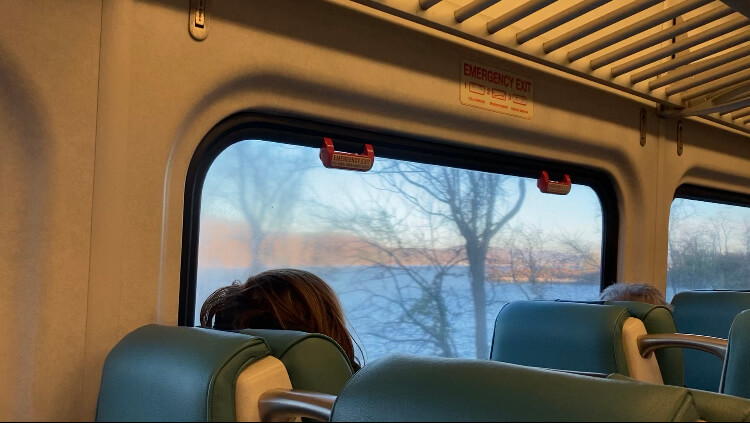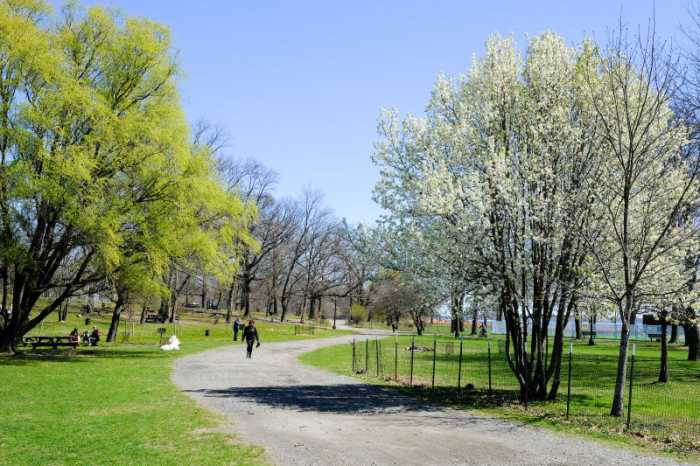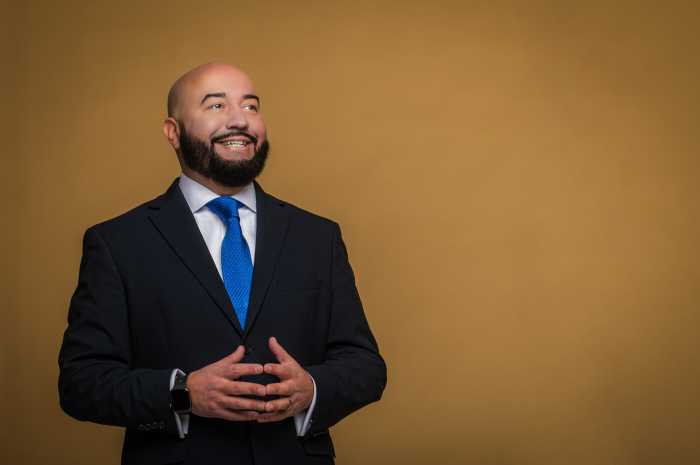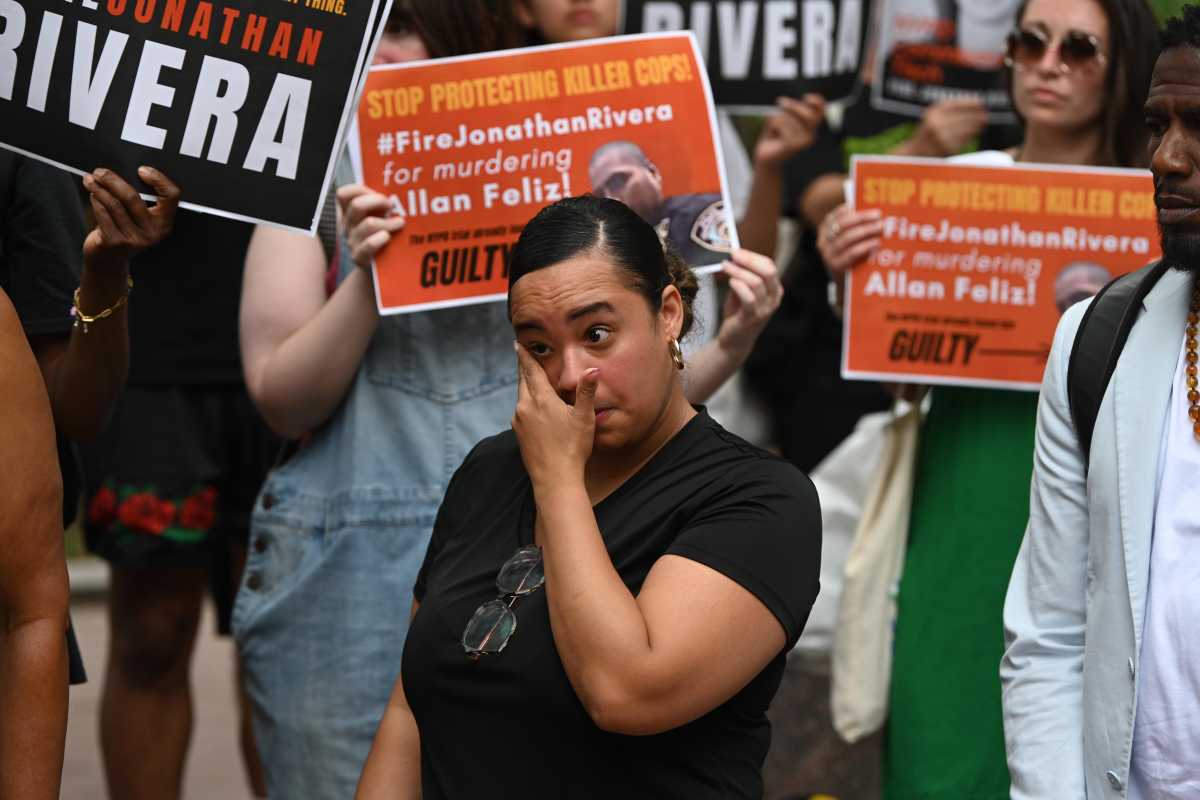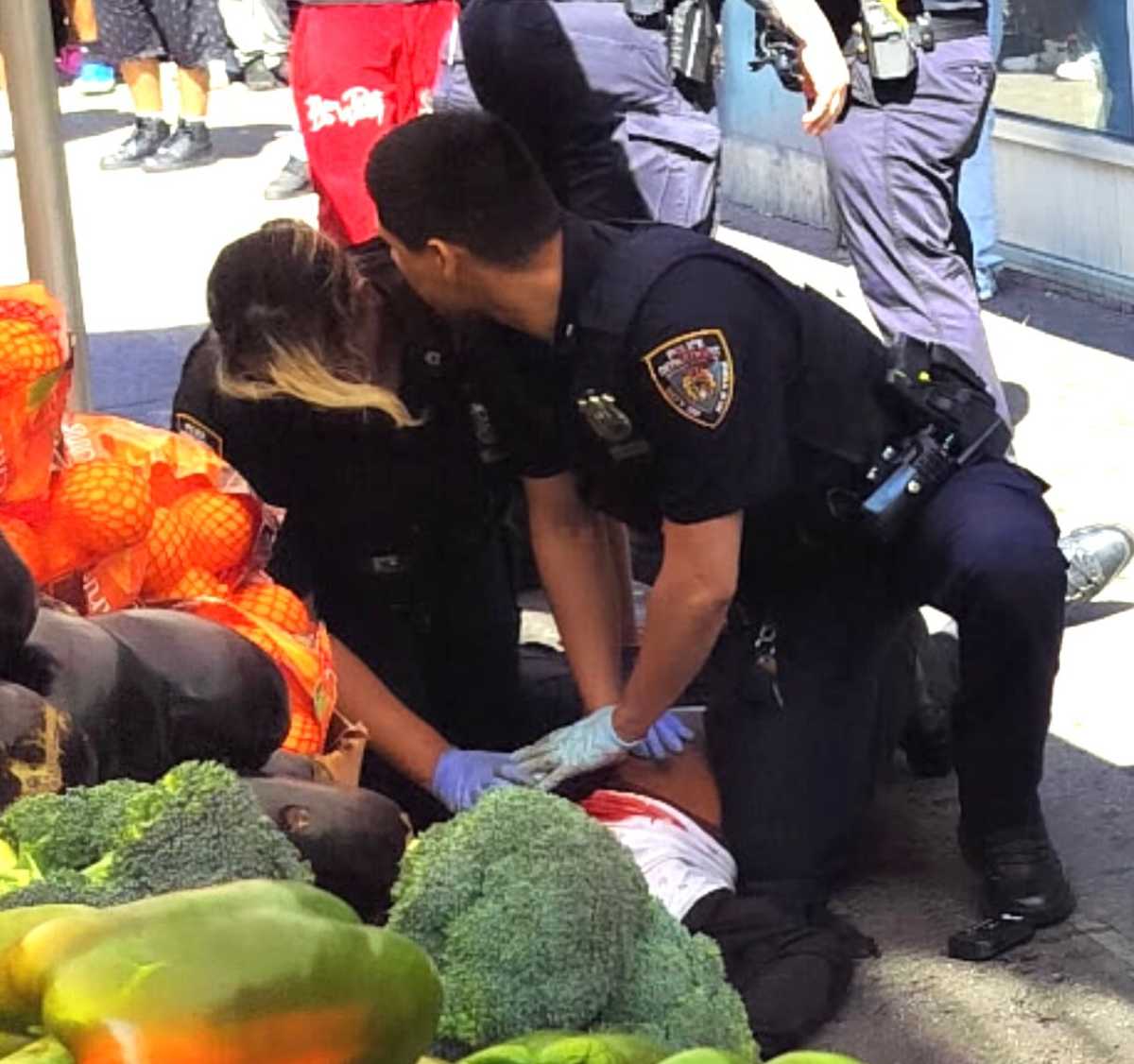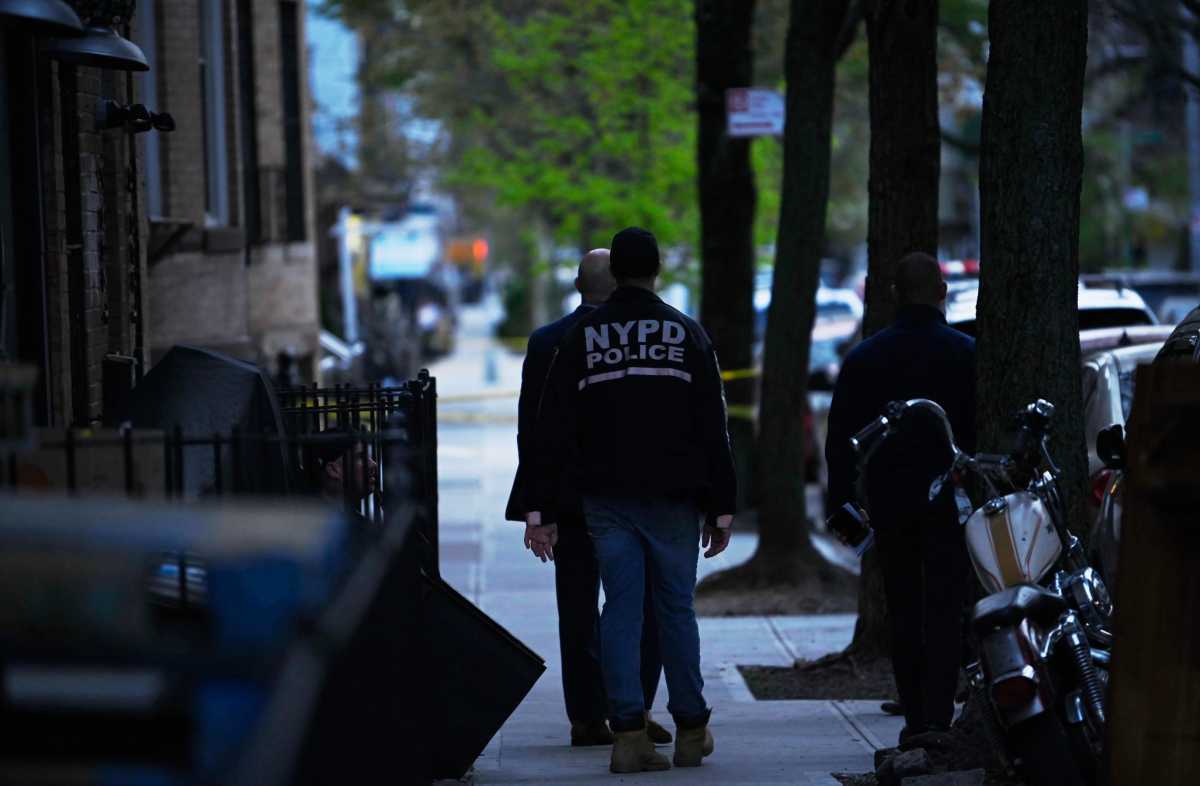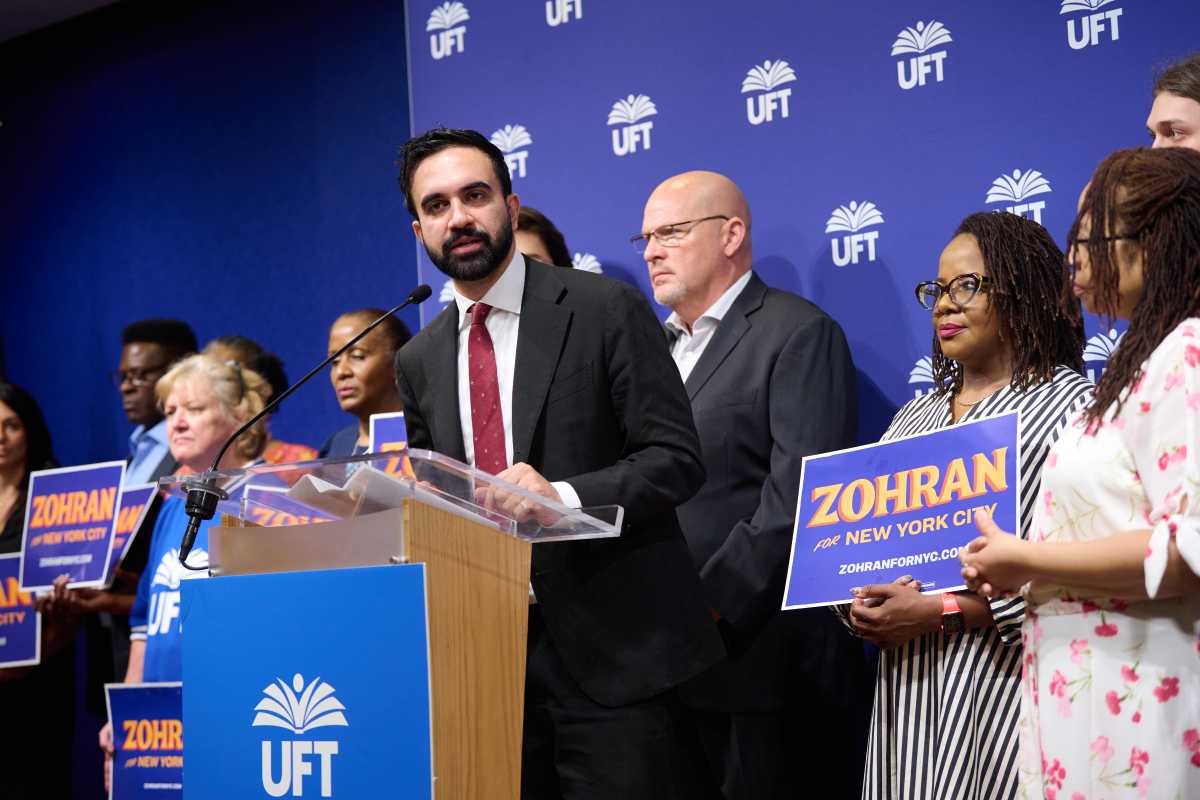To the Editor,
At the end of World War II, a decline of New York Central, New York, New Haven and Harford suburban commuter ridership started a corresponding loss of fare box revenues. Some routes were abandoned or shortened. Frequency and hours of service were sometimes reduced. Capital investments in new equipment were curtailed. Scheduled maintenance of equipment and facilities declined. In recognition of the role these railroads played in the Hudson Valley economy, New York state began providing financial assistance to them in the 1960s.
Prior to the ’60s, these railroads derived almost 100% of their funding for both capital and operating expenses from fares. Chartered by the state Legislature in 1965 as the Metropolitan Commuter Transportation Authority, it was created to purchase and operate the bankrupt Long Island Rail Road. In 1968, the Metropolitan Transportation Authority (MTA) acquired through lease the New York state commuter trackage of Penn Central’s Hudson, Harlem and New Haven lines — contracting their subsidized operation to Penn Central.
In 1976, they became part of Conrail. In 1973, the MTA agreed to subsidize the existing west of Hudson Erie Lackawanna Railway Port Jervis service, which also became part of Conrail in 1976. In 1983, the Metro-North Railroad — through the MTA — was formed to take over all of Conrail’s New York state commuter operations.
Fast forward to 2023 and the MTA is celebrating the 40th anniversary of Metro-North Railroad operations.
With MTA subsidies, Metro-North modernized further and grew into the third-largest commuter railroad in the U.S. Nationally, the Long Island Rail Road is No. 1 and New Jersey Transit No. 2. Over the past 40 years, several billion dollars in combined Federal Transit Administration, state and county taxpayer-generated dollars have subsidized both the capital and operating costs for Metro-North.
These funds helped pay for extending electrification into previous diesel-only service areas, along with assisting Metro-North in reaching a state of good repair for existing fleet, stations, increasing the number of stations in compliance with the Americans with Disabilities Act, signals, grade crossings, interlockings, track, power, yards and shops. Funding was also allocated to ensure that maintenance programs for all agency assets are fully funded and completed on time so that riders have reliable and safe service.
Bronx riders must remember that fare hikes are periodically required if the MTA and Metro-North are to provide the services commuters count on. They are inevitable due to inflation, along with increasing costs of labor, power, fuel, supplies, materials, routine safety, state of good repair, replacement of worn out rolling stock and upgrades to stations, yards and shops.
In the end, quality and frequency of service is dependent upon secure revenue streams. We all have to contribute — be it at the fare box or tax revenues generated by different levels of government redistributed back to the MTA. There ain’t no such thing as a free lunch or in this case a free ride.
Larry Penner

